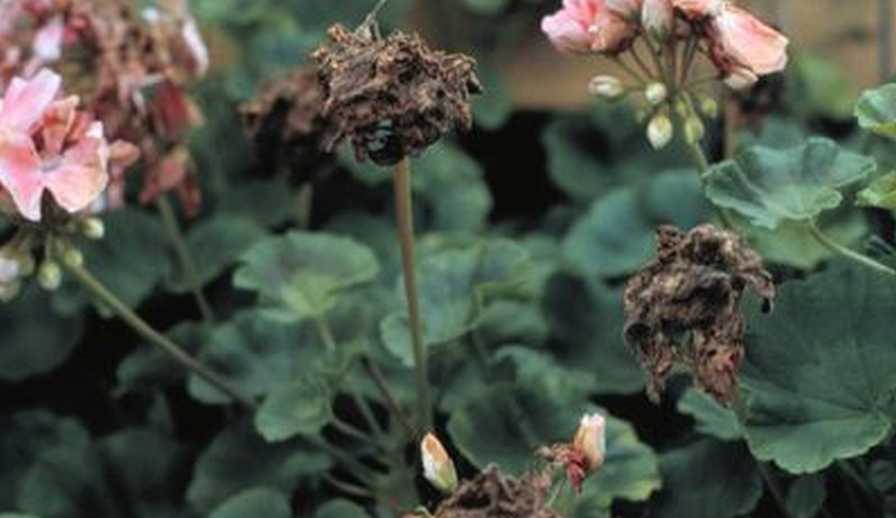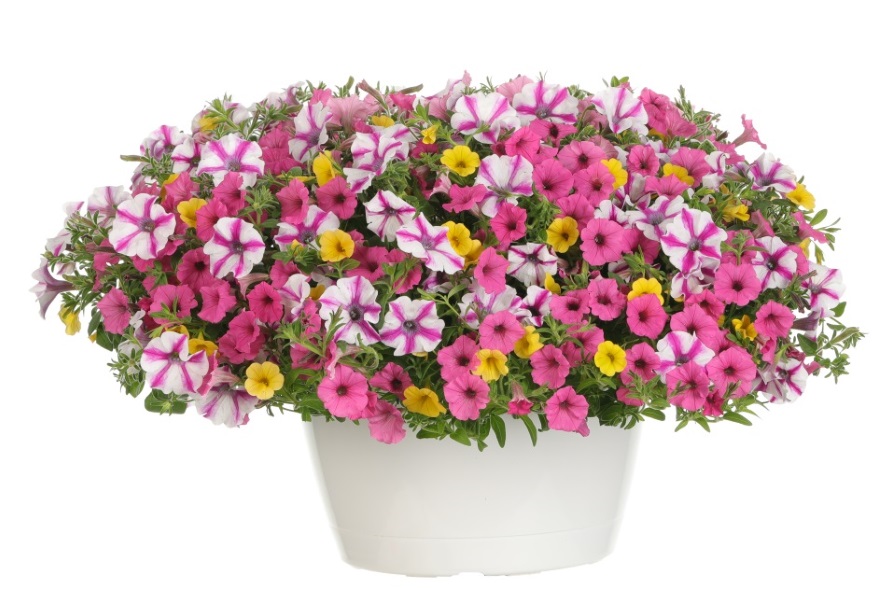Expert Recommendations for Managing Botrytis in the Greenhouse
 The greenhouse environment provides ideal growing conditions for both plants and plant pathogens. The high relative humidity and lack of air circulation often found beneath the plant canopy are especially ideal for the pathogen Botrytis cinerea, commonly called gray mold. This pathogen infects many greenhouse ornamentals and is considered the second-most important plant pathogen in the world.
The greenhouse environment provides ideal growing conditions for both plants and plant pathogens. The high relative humidity and lack of air circulation often found beneath the plant canopy are especially ideal for the pathogen Botrytis cinerea, commonly called gray mold. This pathogen infects many greenhouse ornamentals and is considered the second-most important plant pathogen in the world.
Common disease symptoms include leaf spots, blight, and stem cankers with the fuzzy gray mold being a key to identify the Botrytis culprit. Flowers are especially prone to infection by gray mold. When the infected petals fall to the foliage, leaf infections result.
Botrytis spores move by air and are carried to healthy plants where new infections begin. Infection requires water, which is needed for spore germination. Penetration of the plant by Botrytis can be direct or indirect through natural openings or wounds. Small leaf spot symptoms may quickly combine into large blighted areas under high relative humidity and wet conditions.
Botrytis usually becomes established and produces spores on older leaves near the moist soil surface and under the plant canopy and flowers. Dead tissue in the plant pot or on the greenhouse bench or floor can support gray mold and spore production.
There are times in the spring when growers face a perfect storm for a Botrytis outbreak. Elements of the storm include overcast, chilly, wet weather, and maturing floriculture crops with flowers.
Preventing and controlling gray mold relies on a multipronged approach including cultural and chemical controls. Sanitation reduces the spore load by removing dead and dying plants, leaves, and flowers from greenhouse production areas. Improving air flow to reduce relative humidity also is important. Relative humidity also can be reduced by slightly increasing the temperature via heating. Limit watering whenever possible and water at a time of day when the foliage can dry quickly. While these strategies are helpful, they are often not enough to eliminate gray mold during spring damp weather complete with overcast skies, and fungicides may be needed.
It is very likely fungicides will need to play a central role as growers look to hold their crops due to COVID-19-related stay-home orders in states such as Michigan. Botrytis is best managed preventively, and that includes using fungicides prior to a damaging outbreak. Use only those fungicides that have been proven effective in research trials and apply them at the full labeled rate at seven-day intervals. It is important to alternate between fungicide modes of action in order to limit the risk of developing fungicide-resistant Botrytis strains. This pathogen has a history of adapting to fungicide use and there are strains of Botrytis resistant to many fungicide classes.
Researchers at Michigan State University have identified effective fungicides for controlling Botrytis in greenhouse ornamental crops. For a closer look, click here.









